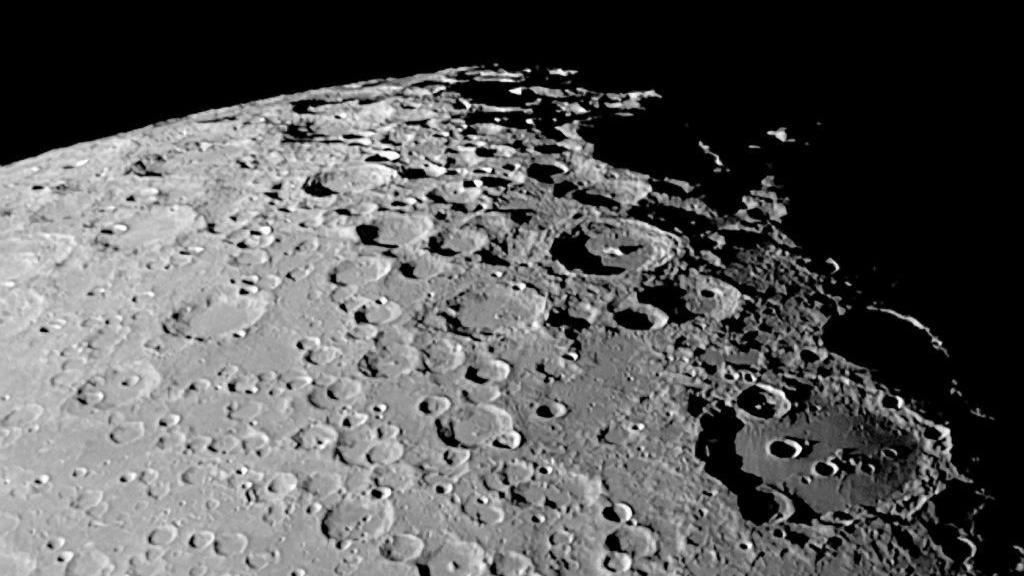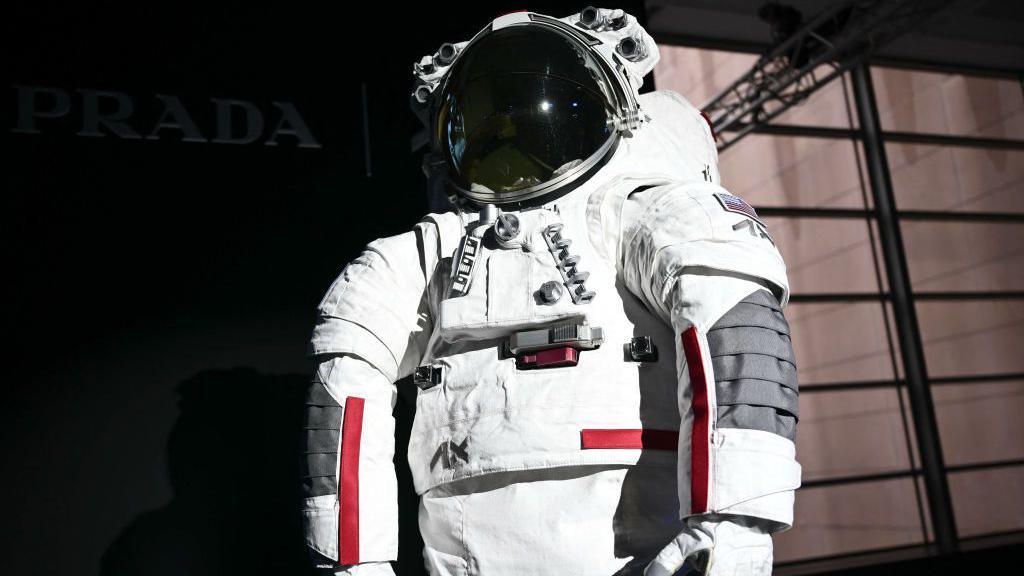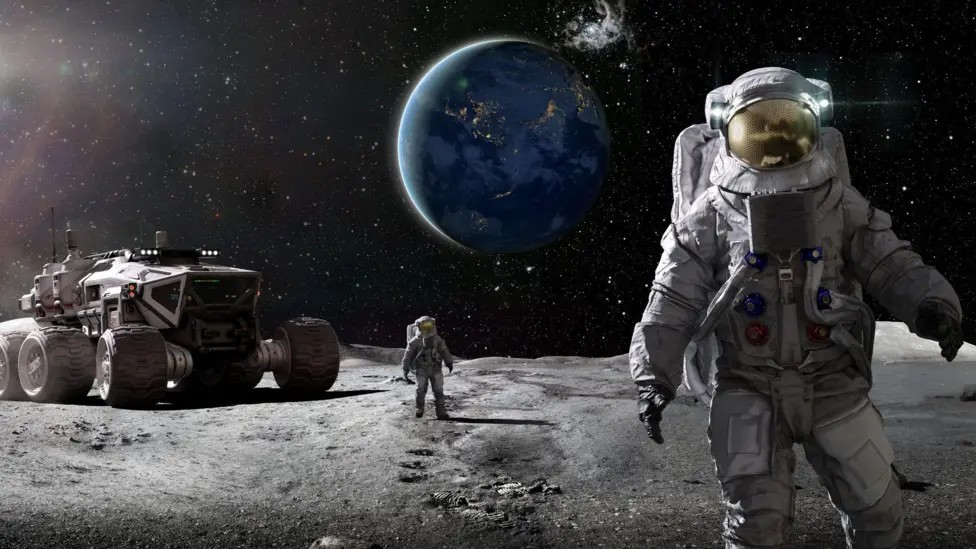Nasa will pay for your Moon rescue mission ideas

The Artemis mission will be travelling to the moon's south pole
- Published
Are you a problem solver? An inventor? Or always coming up with creative or clever ideas?
Then Nasa might need you!
They are looking for members of the public to send them ideas on how to rescue astronauts who might find themselves in difficulty whilst on the moon.
They are willing to pay up to $20,000 (around £15,800) for inventions or ideas in thier South Pole Safety Challenge.
So what do they actually need? Read on to find out.
Nasa picks possible landing sites for Moon mission
- Published4 November 2024
When can I go to space?
- Published14 September 2021
New satellites to create on-demand total solar eclipses
- Published2 December 2024

The Lunar Rescue System must be operational by a single astronaut who is wearing this suit and protective gloves so can't have any fiddly mechanisms.
The Artemis astronauts heading to the moon in 2026 will be focussing their mission on the never-before explored lunar South Pole.
This is because the area may be hiding water or ice.
The South Pole features deep craters which are permanently in shadow having not seen sunlight for billions of years.
If they do find ice and water, it could be accessed to support future missions to Mars.
The lunar South Pole is expected to be a tough place to visit for the two astronauts tasked with investigating the area.
They will experience freezing conditions (down to around minus 203 degrees Celsius) and harsh, rocky terrain, meaning they may find themselves injured or stranded due to unforeseen issues.
So Nasa say they need to find a way to rescue the crew members in "low gravity, unique lighting conditions and extreme temperatures".

A rover, similar to the one shown here, may not be able to reach deep craters on the lunar South Pole, so what else could you invent to help rescue a stranded astronaut?
Nasa say they want to hear from anyone with design ideas for the "Lunar Rescue System".
They say it "seeks a cutting-edge design that is low in mass and easy to deploy, enabling one astronaut crewmember to safely transport their suited (343 kg) and fully incapacitated partner back to the human landing system."
"Your creativity and expertise could bridge this critical gap, enhancing the safety measures for future lunar explorers. By addressing this challenge, you have the opportunity to contribute to the next “giant leap” in human space exploration."
So, any ideas?!
Let us know in the comments section below.
